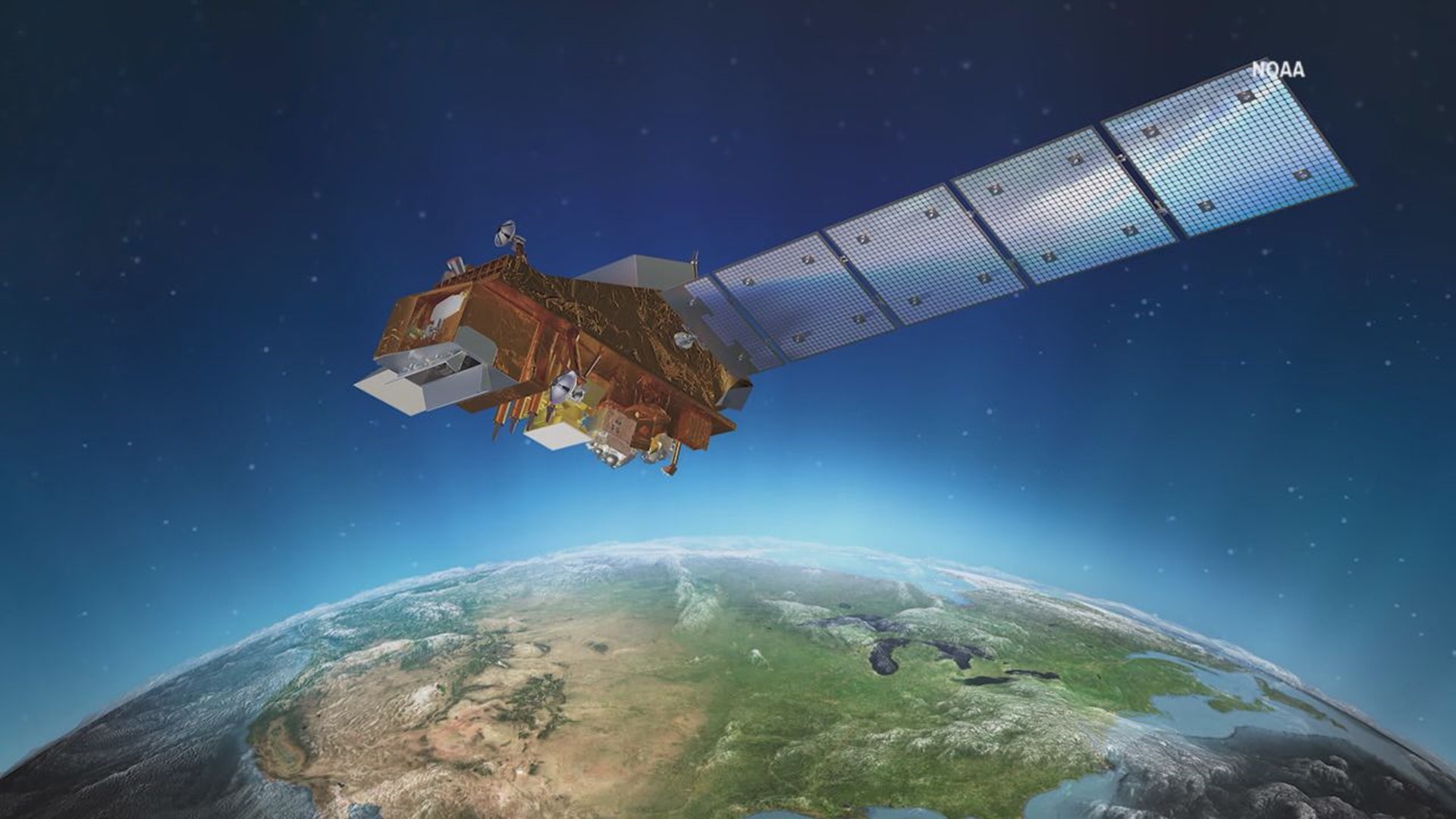LOMPOC, California — NASA is set launch NOAA’s latest satellite installment called JPSS-2. The satellite will take off on an Atlas V rocket and join the fleet of Joint Polar Satellite System (JPSS) satellites.
This satellite will scan the atmosphere similar to a cat scan according to meteorologist Dr. Jordan Gerth.
“What JPSS does is it lets us know what’s going on underneath the clouds, some of the more internal dynamics of the storm systems and of the atmosphere around it,” Gerth tells FOX43. “So what we’ll do is we’ll take all of those observations, those global observations from JPSS, and pull them into the numerical weather prediction models, those advanced computer simulations. And with that information those simulations will get better.”
JPSS-2 will orbit the globe 14 times a day and pass over every single spot on Earth at least twice daily.
Not only will this data help improve weather computer models, but it will also help emergency managers during severe weather situations.
“So for a hurricane, what we can see is that eyewall structure,” Dr. Gerth says. “It’s very similar for snowstorms. We’re going to be able to see with JPSS data how the distribution of the precipitation is around the storm and help us pinpoint exactly who’s going to get that foot of snow.”
Another useful application is to detect fog and help direct air traffic.
The satellite will also track algal blooms, sea ice over the ocean, and measure dust and smoke that impacts the air we breathe. Its data will also be used to monitor global climate change.
And, most importantly, it’s going to help you stay safe and better plan your day.
“With JPSS satellites we’re able to see the world and by seeing the world we’re able to make local weather predictions better and people can have confidence that it’s going to rain or not for their evening plans,” says Dr. Gerth.
Launch was originally supposed to be November 1st, however an issue with a battery on board has caused a delay. NASA says launch is now planned no earlier than Wednesday, November 9th. People will be able to view launch on NASA’s website when they have a day and time solidified.

